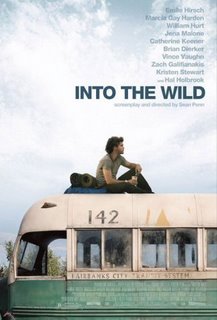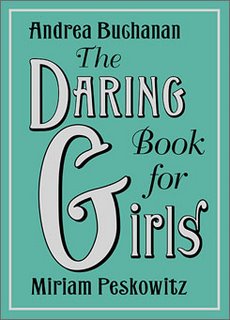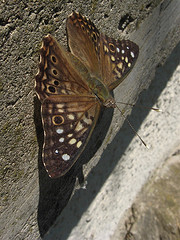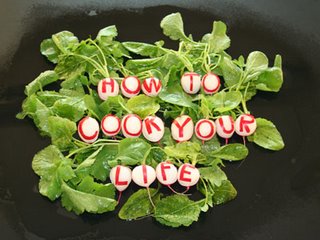Ben’s Whole Wheat Bread
Ben’s been reading cookbooks lately, really reading them, like bedtime stories. After our bedtime routine of two picture books and a chapter of (currently) A Cricket in Times Square, Ben reads aloud to Eli, who is very patient about being read to sleep with recipes for pesto and salad dressing (though I do sometimes wonder how this affects his dreams).
And because Ben’s a reading and writing kind of guy, it didn’t surprise me that reading cookbooks would lead him to write out recipes, but now he’s also starting to invent his own. He didn’t get very innovative with his recipes for guacamole or roasted potatoes (both of which he made for the extended family over Thanksgiving), but the other day he wrote out a recipe for bread that he’s been begging me to help him make.
I was torn. On the one hand, I want to encourage his kitchen adventures. On the other, it just didn’t look like a recipe that would turn out very well. I didn’t want him to be disappointed, and I didn’t want to waste food. So we sat down and compared his recipe to a similar one from his cookbook, we talked about the chemistry of baking, and we talked about not wasting food. He took it all in very seriously, but was ultimately not swayed. He wanted to bake his bread recipe, as written. So we did, and I’m happy to report, it turned out just fine — a nice, wheaty soda bread. So here’s the recipe, exactly as Ben wrote it, with my comments in brackets.
Whole-Wheat Bread
You’ll Need
¾ c + ½ c whole-wheat flour
½ c warm water
1/3 c cornmeal
1 package (1/4 ounce) dry yeast [not really doing anything in the recipe, so you could cut it]
3 tablespoons + ½ teaspoon granulated sugar
½ teaspoon salt
1 ½ teaspoons baking soda
2 tablespoons + ¼ teaspoons wheat germ
¼ teaspoon baking powder
2 sticks (1 cup) unsalted butter [I talked Ben down from a full cup of butter, so we used 1/2 cup, melted]
Equipment
Measuring cups & spoons
Bread pan
Cooling rack
Preheat oven to 375 F.
Measure the flour, cornmeal & butter into the bread pan
Add the yeast and salt
Now add the water, sugar, baking soda & baking powder
Add the wheat germ
Bake up to ½ hour [it took exactly half an hour. This surprised me almost more than how good the bread tasted]
Note: This bread will taste good with some raspberry jam (page 77) [a reference to the jam recipe still to come in his hypothetical cookbook]
Edited to add: we ultimately halved the recipe (which delighted my fraction-loving boy) so a full recipe might need to bake longer than half an hour. Bake until the top is browned and a tester comes out clean.












